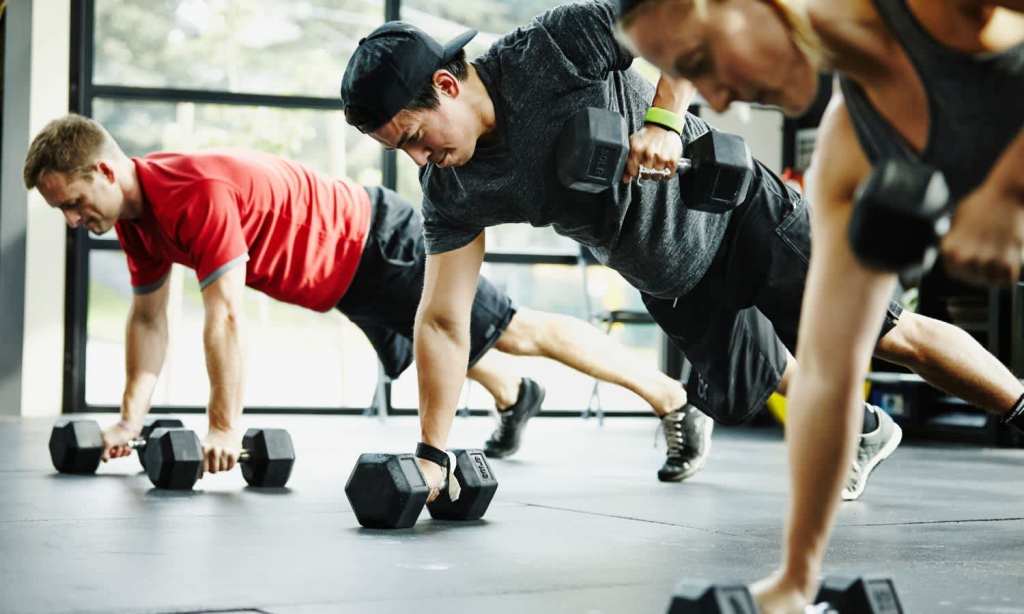Forget chiselled abs and a sculpted booty. Wellbeing and overall health are the new body goals. Unlike socially inflicted standards of perfection, working out for long term health maintains biological function and promotes a better quality of life as we get older. How’s that for aspiration?
A recent study amongst a group of people aged between 45 and 65 measured the effectiveness of cardio exercise and its impact on heart health. The results found that people who regularly sweated it out in a cardio session had reduced cardiac muscle stiffness and improved oxygen uptake, decreasing their risk of heart failure in the future [1].
If you’re trying to think of the last time you thought cardio was a good idea, don’t worry. I’m going to break down some exercises that reap long term health and wellness results. The best news? All you need to get started is your body.
Exercise to promote brain function
Any type of moderate cardio exercise that gets your heart rate up and limbs sweaty is going to help maintain brain function. Here’s how it works:
- Directly – cardio exercise reduces insulin resistance and inflammation while stimulating the release of growth chemicals to prompt healthy brain cells and the growth of new blood vessels in the brain [2].
- Indirectly – cardio will improve mood and sleep while reducing stress and anxiety, which can lead to cognitive impairment [2].
Exercises to try include aerobic based workouts such as Zumba or Bodystep classes at Fitness First.
Exercise to improve bone density
Throughout our lives, our bodies produce a specialised set of cells (i.e. collagen) and rely on minerals (i.e. calcium) to follow a very specific process that repairs and renews bone structure. However, once we turn 50, the rate at which our bones break down becomes too fast for this intricate process to replenish [3].
The good news here is that regular and specific types of exercise will help maintain bone density as you age by stimulating this renewal process [3].
Exercises to try for bone density include strength and resistance training using weights (with particular weight-bearing emphasis on the arms, legs and feet).
Exercise to maintain muscle mass
Age-related muscle loss (AKA sarcopenia if you’re into fancy science terms) is a natural part of the ageing process. However, through a well-planned exercise program and a protein-rich diet, you can rebuild and maintain muscle mass no matter what your age is!
The best approach is to personalise your training so you can achieve your specific goals while working out to your own ability (enter: the expertise of a Personal Trainer at Fitness First.)
You can also sign up for a free five day trial with Fitness First.
REFERENCES
[1] Reversing the Cardiac Effects of Sedentary Aging in Middle Age – A Randomized Controlled Trial, AHA Journals,
[2] Regular exercise changes the brain to improve memory, thinking skills, Harvard Health
Letter
[3] Osteoporosis: What you need to know as you age, Johns Hopkins Medicine
Read more stories from The Latch and subscribe to our email newsletter.







